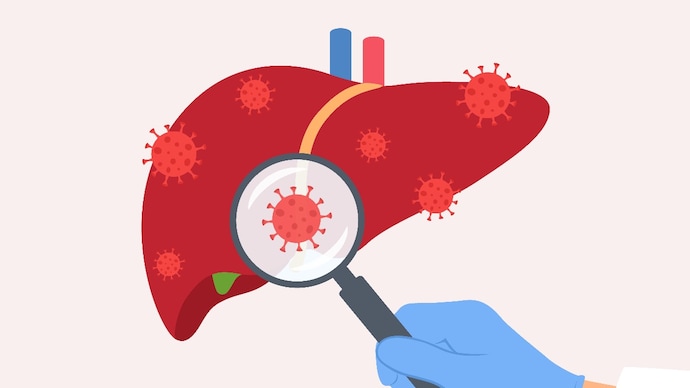What is Hepatitis D, deadly viral disease is now a cancer tag?
The World Health Organization has classified Hepatitis D as a cancer -causing infection. The health agency is called a carcinogen as hepatitis D as the initial virus can quietly increase the risk of liver cancer.

In short
- Hepatitis D only infects those who are already with Hepatitis B.
- Joint infection greatly increases the risk of liver cancer
- More than 300 million people suffer chronic hepatitis B, C or D globally
Hepatitis D has now been tagged as cancer -causing infections by the World Health Organization. Health Agency Cancer Arm, International Agency for Research on Cancer, Hepatitis D is called a carcinogen as the short-lived virus can quietly increase the risk of liver cancer just like Hepatitis B and C.
Hepatitis is a viral infection that provokes the liver. Of the five main types – A, B, C, D and E -B, C and D strains are the most dangerous as they can stick around for years, causing gently damage the liver.
The WHO estimates that more than 300 million people live with chronic hepatitis B, C, or D infection, and die 1.3 million from related diseases every year. Most also do not even know that they are infected until the loss already occurs.
Hepatitis D is different from others. It only infects people who already have Hepatitis B, but together, two viruses are far more harmful. According to WHO, both have an increased risk of liver cancer two to six times compared to hepatitis B.
The virus spreads from mother to child during infected blood, unsafe sex, unsafe injection, or sometimes during birth.
Symptoms, if they appear, are usually unclear and include fatigue, nausea, abdominal discomfort, dark urine or yellow of the skin. Many people ignore these signs or confuse them with other diseases.
Hepatitis is not a separate vaccine for D. The only way to prevent this is to obtain hepatitis B vaccine, which prevents both viruses. Who says 147 countries now offer newborn vaccinations, but testing and treatment for current cases are still far behind.
When it comes to the treatment of hepatitis D, medicines are still developing. However, the full advantage of lowering liver cirrhosis and cancer deaths can only be felt through immediate action to increase and integrate hepatitis services including vaccination, testing, loss and treatment in national health systems.
Health experts say that comprehensive access to better awareness, early screening and treatment can save millions of lives by 2030. For now, important advice is simple: vaccination, test, and do not ignore liver health.

